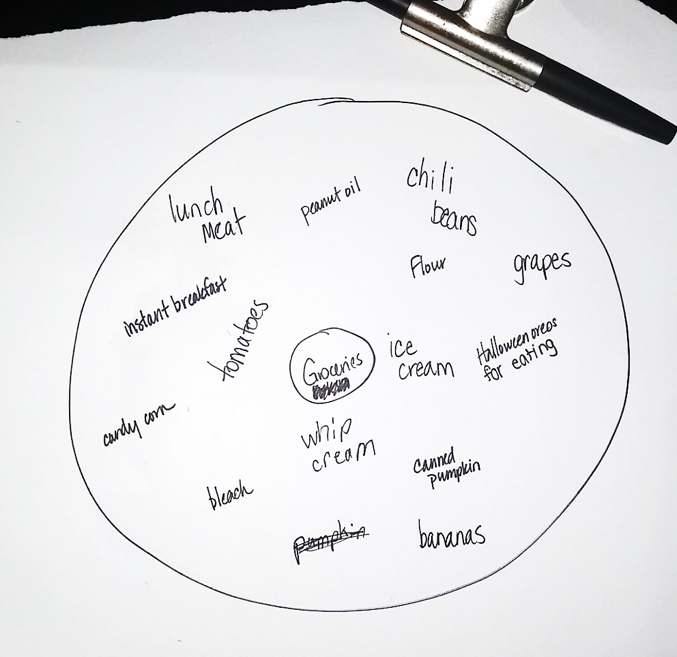Children’s School teachers received staff development training in Thinking Maps learning tools this fall. Mr. Artie would like parents to know about these tools so that we will be able to recognize these maps in our children’s work and support their use of them.
How We’ll Be Using Thinking Maps
Thinking Maps are a visual language used to represent the eight different thought processes that we use on a regular basis. Our students are learning to use them in class, and we’ll be explaining each to you over the next several weeks. You won’t be tested on your knowledge of the maps, but we want to be sure to explain them to parents so you will be able to recognize each map in your students’ work and support your children’s use of them. The maps are an invaluable tool for organizing information, understanding content, and studying in general. We will introduce each of the 8 maps systematically in order of complexity, beginning with the Circle Map.
The Basics:
A student would write a topic in the center and use any type of words, phrases, and/ or pictures to tell everything he or she knows about that topic. The Circle Map replaces what you might have previously used a “web” or other brainstorming tool for. The Circle Map is somewhat like a “catch all” as it is a good starting point for exploring any topic. This map will later be combined with other maps for more organization.
Extension Ideas:
- You can build a circle map backwards. Try putting a question mark in the center and then list “clues” in the outer donut. See if your student can figure out what the topic is!
- A circle map is a great way to keep memories alive. Try putting “Grandma’s visit” or “Our Beach Vacation” as the center topic and then have kids list everything they remember about that experience. Add it to your scrapbook – it might turn out to be a lovely way to fondly remember a visit or vacation!
Practice at home:
Draw a circle map and put the words “Groceries we need” in the center. Have your family add to the map throughout the week as you run out of food items in the fridge:
You could also use a circle map for a “To Do” list, a packing list, etc.
About Thinking Maps
By visualizing our thinking, we create concrete images of abstract thoughts. These patterns help all students reach higher levels of critical and creative thinking – essential components of 21st-century education. In a schoolwide implementation, Thinking Maps establish a consistent Language for Learning. All members of the school community can share a common language for meaningful and rigorous collaborative learning.
FOR STUDENTS AND PARENTS
- Students use visual patterns to work collaboratively for deeper comprehension in all content areas and grade levels
- Students are empowered with the tools to analyze complex text and think mathematically for conceptual understanding and problem solving
- Students use Thinking Maps for the production and distribution of a range of writing types and purposes
FOR TEACHERS
- Teachers have a common language for teacher Common Core and/or State Standards more efficiently and successfully
- Teachers have a consistent set of tools to meet the needs of ALL learners
- Thinking Maps allow teachers to “see” evidence of students’ thinking and learning, enabling them to assess and support more effectively
More information can be found at ThinkingMaps.com.



